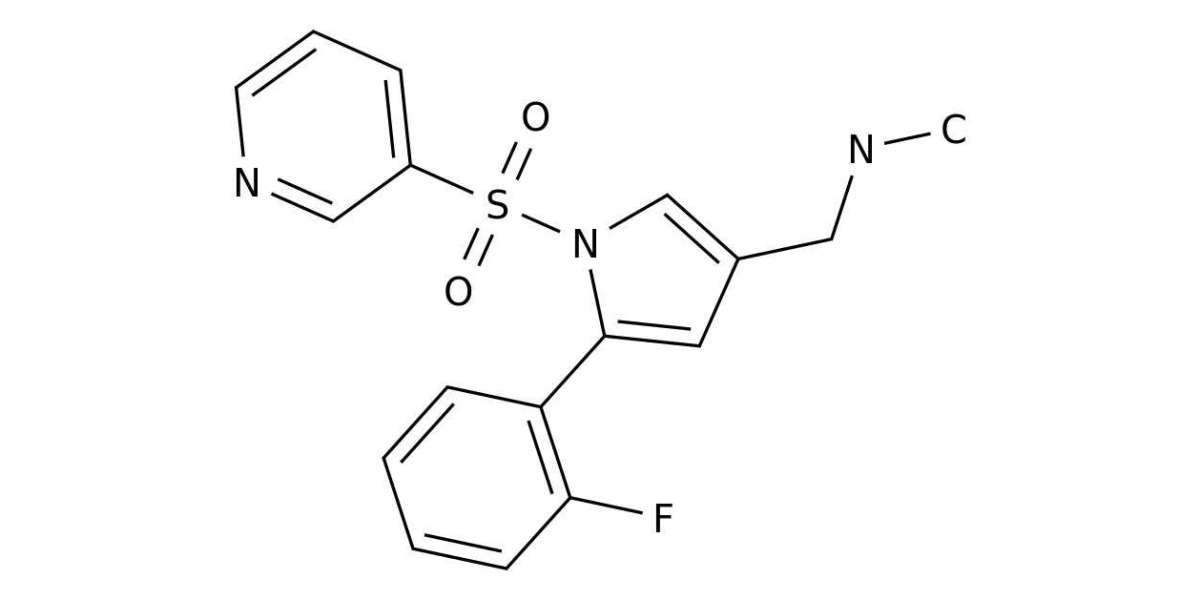Complete eradication of Helicobacter pylori is important for preventing the development of gastric cancer. The outcome of H. pylori eradication therapy is mainly dependent on bacterial susceptibility to antimicrobial agents and potent neutralization of intragastric pH across 24 h, especially when using acid-sensitive antimicrobial agents such as clarithromycin (CLR), amoxicillin and sitafloxacin. However, conventional regimens comprising twice-daily doses (bid) of proton pump inhibitors (PPIs) are generally insufficient for maintaining the required gastric acid secretion for 24 h for successful eradication in all H. pylori-positive patients. Further, the increasing prevalence of CLR-resistant strains with each year has led to a decrease in eradication rates of first-line PPI- and CLR-containing therapies in developed countries, including Japan. In 2015, the potassium-competitive acid blocker vonoprazan (VPZ) became clinically available in Japan. VPZ competitively inhibits H+/K+-ATPase activity more potently than PPIs. Therefore, a VPZ-containing H. pylori eradication regimen is expected to increase the eradication rate compared with conventional regimens containing a standard dose of PPI. In fact, a recent meta-analysis that investigated the efficacy of first-line eradication therapy showed that a VPZ-containing regimen achieved a higher eradication rate than a PPI-containing regimen.
The new, potent acid-inhibitory drug vonoprazan (VPZ) recently became clinically available in Japan. VPZ competitively inhibits the binding of potassium ions to H+/K+-ATPase in gastric parietal cells more potently than PPIs. VPZ also has two pharmacological advantages over PPIs: it does not require pharmacological activation by gastric acid to inhibit acid secretion, and has a longer half-life (t1/2) due to its slow dissociation kinetics from H+/K+-ATPase. While PPIs typically require more than 75–100 h to exert a maximal gastric acid inhibitory effect, VPZ produces rapid, strong and long-lasting gastric acid inhibition after administration of the first tablet in a dose-dependent manner. At steady state on Day 7, a once daily dose (oid) of VPZ 40 mg displayed sustained and potent acid inhibition throughout a 24-h period. Moreover, a twice daily dose (bid) of VPZ 20 mg, the standard dosage for H. pylori eradication therapy, maintained gastric acid inhibition throughout the 24 h: the pH 4 and 5 holding time ratio (HTR) was 100 and 99%, respectively, even in H. pylori-negative subjects. Therefore, VPZ may be an effective first-line acid-inhibitory drug for patients with acid-peptic disorders.
Helicobacter pylori can survive a periplasmic pH of 4.0–8.0 in the gastric mucosa. When the bacterial urease activity of H. pylori raises the intragastric pH to 4.0–6.0, H. pylori survives into the gastric mucosa but does not divide. Therefore, the consistent and potent action of acid-inhibitory drugs also enables H. pylori to grow and become more sensitive to antimicrobial agents against H. pylori. In addition, potent acid inhibition during 24-h increases the stability and bioavailability of acid-sensitive antimicrobial agents by preventing their degradation. Further, PPI and vonoprazan increase gastric mucosal antimicrobial agents concentration. Raising the intragastric pH from 3.5 to 5.5 is shown to increase the in vitro antimicrobial efficacy of AMX more than 10-fold. The activity of CLR against H. pylori is higher at intragastric pH 7.4 than at intragastric pH 5.0, and activity is intermediate at pH 6.8. Recently, the Maastricht V/Florence Consensus Report recommended first-line eradication therapy using a CLR-containing regimen with PPI/AMX or PPIMNZ and an alternative eradication treatment using bismuth-containing quadruple treatment (PPI/bismuth/MNZ/tetracycline) in areas where prevalence of CLR-resistant strains is low (Level of evidence: high, Grade of recommendation: strong), and bismuth or non-bismuth quadruple treatment and concomitant (PPI/AMX/CLR/nitroimidazole) therapies in areas of high (15%) CLR resistance (Level of evidence: low, Grade of recommendation: strong). These recommendations indicate that there are numerous opportunities to use acid-sensitive antimicrobial agents around the world, and underlines the need to monitor inhibition of gastric acid secretion in eradication treatment.


